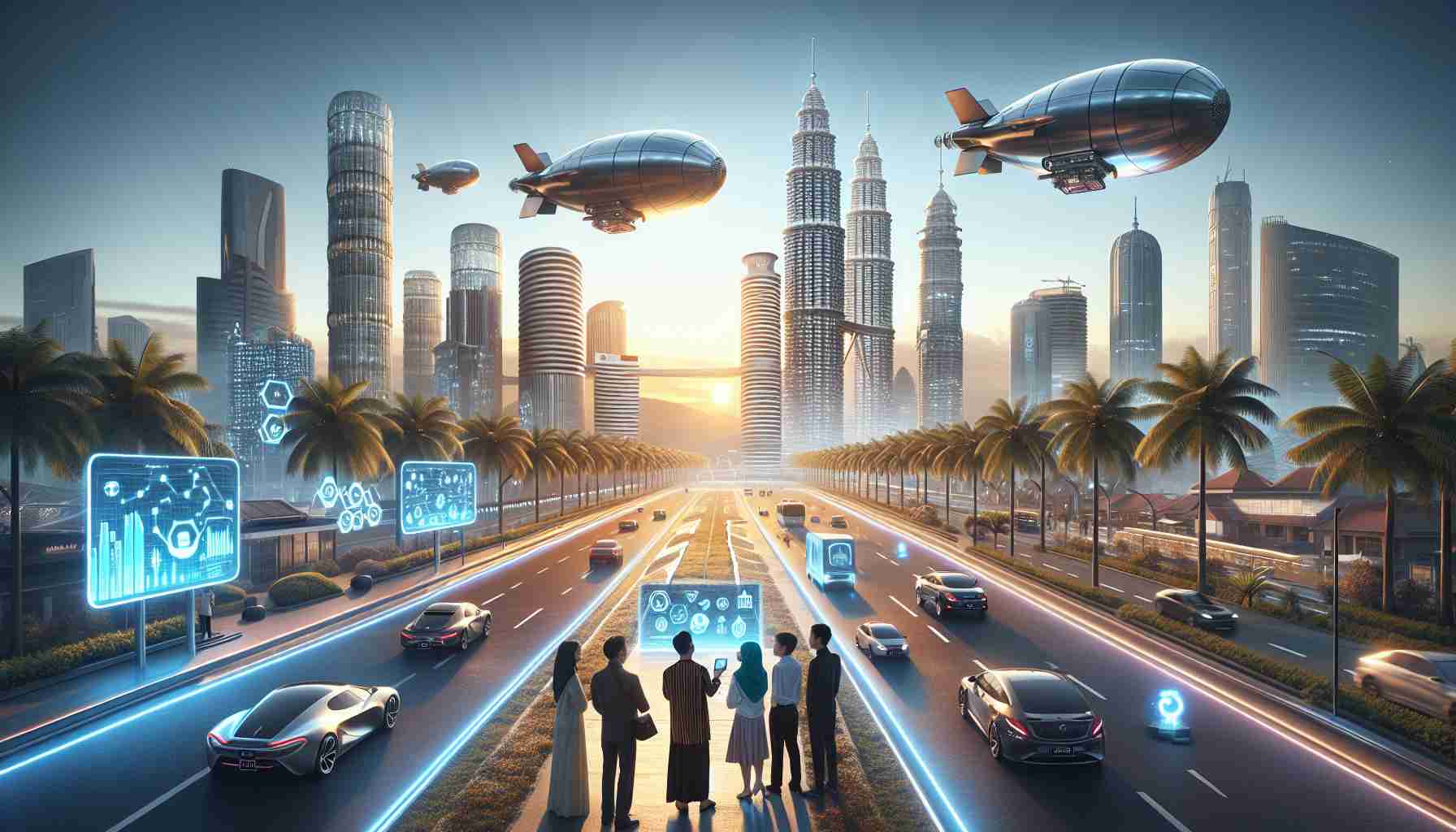Prime Minister Datuk Seri Anwar Ibrahim has expressed his unwavering confidence in Malaysia’s burgeoning hydrogen fuel ecosystem, which is set to propel the nation’s progress forward. Through extensive research and studies in this field, Malaysia is poised to embrace a more sustainable and eco-friendly future.
Anwar believes that hydrogen fuel technology will not only flourish but also hold its own in the competitive open market as a viable alternative for consumers. Today, the prime minister personally witnessed a remarkable demonstration of hydrogen refueling for a hydrogen-powered vehicle in Putrajaya.
The prime minister was intrigued to discover that these vehicles operate with considerably less noise pollution compared to their petrol counterparts. This feature not only demonstrates the potential for reducing noise pollution in urban areas but also highlights the advancement and capabilities of hydrogen-powered vehicles.
In a noteworthy event, Anwar, accompanied by Minister of Science, Technology, and Innovation Chang Lih Kang, embarked on a ride in a hydrogen fuel cell car, the Toyota Mirai, from the Ministry of Science, Technology, and Innovation to the Perdana Putra building. This significant journey marked the debut of the Toyota Mirai, the first-ever hydrogen fuel cell sedan in the peninsula.
As Malaysia takes this bold step into the future, embracing hydrogen fuel as a sustainable energy source, it sets an inspiring example for other nations. The successful integration of hydrogen fuel technology not only encourages environmental consciousness but also holds the promise of reducing the world’s dependence on conventional fossil fuels.
The Malaysian government’s commitment to accelerating the growth of the hydrogen fuel industry showcases a profound dedication to achieving a cleaner and greener tomorrow. With its relentless pursuit of research and innovations, Malaysia is unmistakably at the forefront of the hydrogen fuel revolution.
FAQ Section:
1. What is Malaysia’s stance on hydrogen fuel technology?
– Malaysia’s Prime Minister, Datuk Seri Anwar Ibrahim, expresses unwavering confidence in Malaysia’s burgeoning hydrogen fuel ecosystem, believing it will propel the nation’s progress forward.
2. How does Malaysia plan to embrace a more sustainable and eco-friendly future?
– Malaysia has conducted extensive research and studies in the field of hydrogen fuel technology, positioning itself to adopt a more sustainable and eco-friendly future.
3. How does hydrogen fuel technology compare to conventional fuels in terms of noise pollution?
– Hydrogen-powered vehicles produce considerably less noise pollution than their petrol counterparts, as witnessed by the prime minister during a demonstration in Putrajaya.
4. What notable event did the prime minister participate in to showcase the advancements in hydrogen fuel technology?
– The prime minister, accompanied by the Minister of Science, Technology, and Innovation, embarked on a ride in a hydrogen fuel cell car, the Toyota Mirai, marking its debut in Malaysia.
5. What does Malaysia’s embrace of hydrogen fuel technology mean for other nations?
– Malaysia’s successful integration of hydrogen fuel technology sets an inspiring example for other nations, highlighting the potential for reducing dependence on conventional fossil fuels and promoting environmental consciousness.
Key Terms/Jargon:
1. Hydrogen fuel ecosystem: Refers to the infrastructure, research, and technologies related to the production and use of hydrogen as a fuel source.
2. Sustainable: In this context, refers to practices that meet present energy needs without compromising the ability of future generations to meet their own needs.
3. Eco-friendly: Refers to practices or technologies that minimize harm to the environment.
4. Noise pollution: The excessive or disruptive noise that may have detrimental effects on human health and the environment.
5. Hydrogen-powered vehicle: Refers to vehicles that use hydrogen fuel cells or hydrogen as a fuel source to generate power for the vehicle’s propulsion.
Suggested Related Links:
1. Ministry of Science, Technology, and Innovation (MESTECC)
2. Toyota Global
